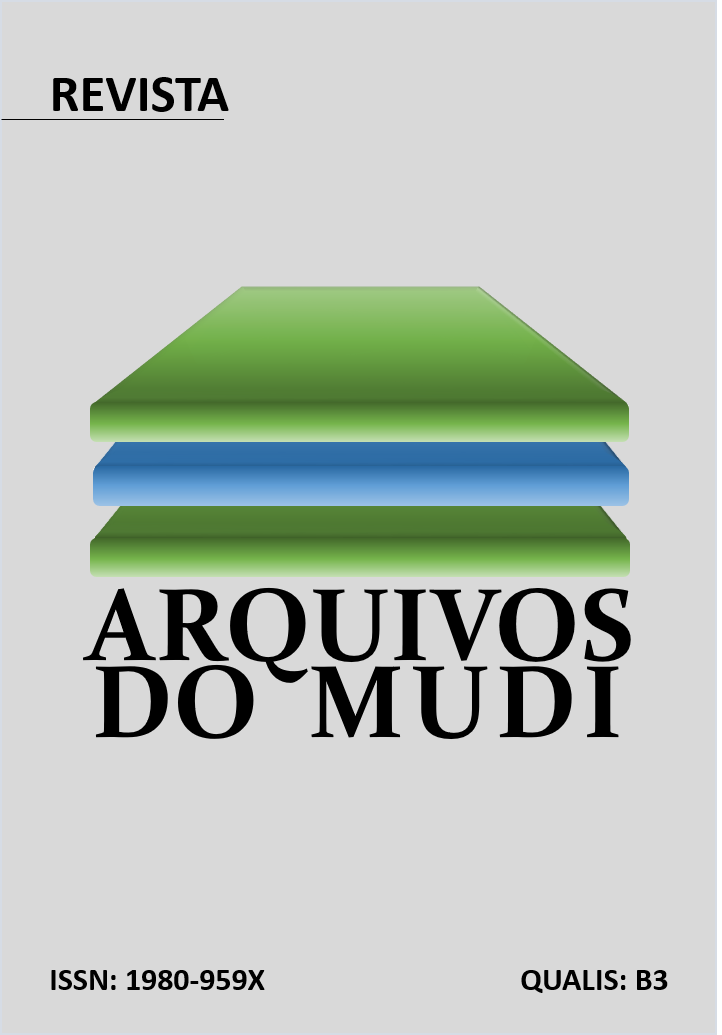USE OF ACTIVATED CHARCOAL FOR TOOTH WHITENING: PERCEPTION OF GYM GOERS
Abstract
The objective of this study was to evaluate the perception of the users of the Elite gym in the city of Cascavel – PR, 2021, about the use of activated charcoal for tooth whitening. A questionnaire was applied using the Google Form, with 17 objective questions, about activated charcoal as a dental whitening agent, harmfulness to the oral cavity, effective whitening potential and user satisfaction with the whitening result, in addition to photos of toothpastes and powder on the base. of activated carbon. A total of 201 gym goers participated in the research, predominantly female and aged between 20 and 30 years. It was found that 60.2% (N= 121) know what activated carbon is, 27.9% (N=56) are aware of the potential harmful to the oral cavity, 70.1% (N=141) already used activated charcoal in order to whiten their teeth, 13.4% (N=141) thought that the product promoted teeth whitening, 13.4% (N=27) believe that the use of activated charcoal can replace whitening supervised by the dentist and 5.5% (N=11) reported tooth sensitivity. Despite studies proving the ineffectiveness of activated charcoal-based products as tooth whiteners, a significant percentage of respondents stated that they were satisfied with the results obtained.
Downloads
References
FRANCO, M. C.; et al. The effect of a charcoal-based powder for enamel dental bleaching. Operative dentistry, v. 45, n. 6, p. 618-623, 2020.
GLICK, M.; et al. A new definition for oral health developed by the FDI World Dental Federation opens the door to a universal definition of oral health. The Journal Of The American Dental Association, v. 147, n. 12, p. 915-917, 2016.
GREENWALL, L.; GREENWALL-COHEN, J.; WILSON, N. Charcoal-containing dentifrices. British Dental Journal, v. 226, n. 9, p. 697–700, 2019.
PALANDI, S. S.; et al. Effects of activated charcoal powder combined with toothpastes on enamel color change and surface properties. Journal of Esthetic and Restorative Dentistry, v. 32, n. 8, p. 783-790, 2020.
RODRIGUES, B. A. L.; et al. Avaliação através da tomografia por coerência óptica do esmalte dentário após o uso de dentifrícios clareadores. Rev Odontol UNESP, v. 48, e20190078, p. 1-11, 2019.
SILVA, E. T.; et al. Influenciadores digitais e a publicidade de pó à base de carvão ativado como agente de clareamento dental: Um alerta para dentistas e seus pacientes. Revista Brasileira de Odontologia, v. 78 p. 1-8, 2021.
TIN-OO, M. M.; SADDKI, N.; HASSAN, N. Factors influencing patient satisfaction with dental appearance and treatments they desire to improve aesthetics. Bmc Oral Health, v. 6, n. 11, p. 1-8, 2011.
VAZ, V. T. P.; et al. Whitening toothpaste containing activated charcoal, blue covarine, hydrogen peroxide or microbeads: which one is the most effective?. J Appl Oral Sci, v. 27, e20180051, p. 1-8, 2019.
DECLARAÇÃO DE ORIGINALIDADE E DIREITOS AUTORAIS
Declaro que o presente artigo é original, não tendo sido submetido à publicação em qualquer outro periódico nacional ou internacional, quer seja em parte ou em sua totalidade.
Os direitos autorais pertencem exclusivamente aos autores. Os direitos de licenciamento utilizados pelo periódico é a licença Creative Commons Attribution 4.0 (CC BY ): são permitidos o acompartilhamento (cópia e distribuição do material em qualqer meio ou formato) e adaptação (remix, transformação e criação de material a partir do conteúdo assim licenciado para quaisquer fins, inclusive comerciais.

Recomenda-se a leitura desse link para maiores informações sobre o tema: fornecimento de créditos e referências de forma correta, entre outros detalhes cruciais para uso adequado do material licenciado.

















